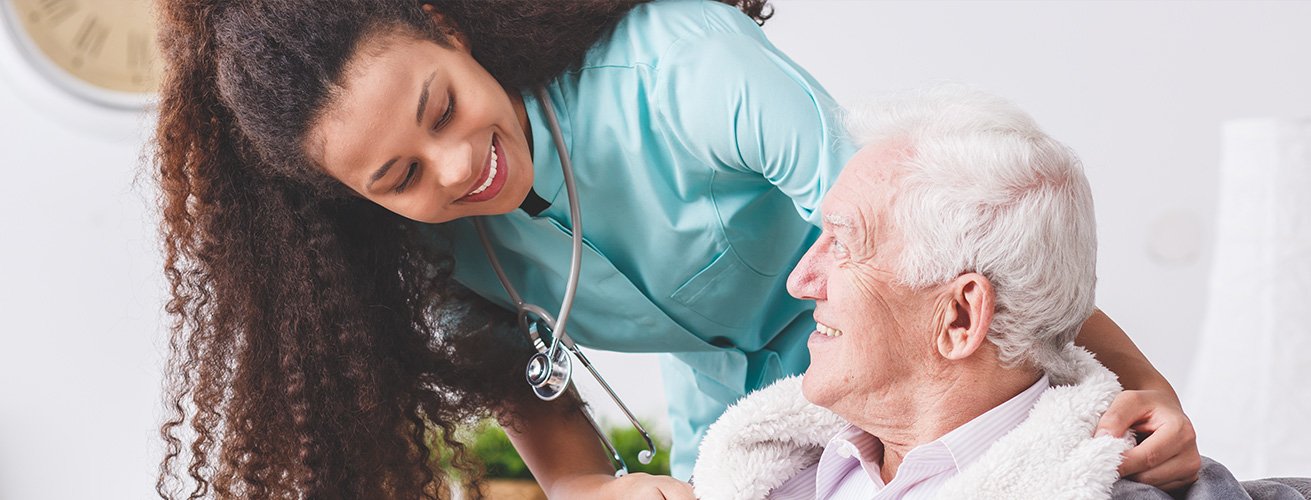Parkinson’s Disease is a neurological disease that affects an individual as one starts aging. It has no one particular reason to occur, nor does it have a set of defined symptoms, that alerts a potential patient. Parkinson’s disease mainly is a neurodegenerative disorder that predominantly affects the dopamine-producing neurons, thereby affecting an individual’s central nervous system.
It mainly is a disorder that is marked with age and cannot be cured but can be treated. As the disease progresses, the patient begins to progressively lose their motor skills thereby impeding movement. Moreover, later stages of the disease lead to other neurological concerns, mainly due to the lack of dopamine secretion the brain begins to produce; this includes chemical imbalances, depression, drastic mood swings, irritability, etc.
Diagnosing Parkinson’s disease:
While there is no specific test that exists to diagnose Parkinson’s, a neurologist can diagnose the same based on one’s medical history, and ongoing symptoms, and a neurological and physical examination. The doctor may suggest certain tests like a computerized tomography scan. This can help guide the direction of the diagnosis, but ultimately one’s neurological examination may determine the correct diagnosis.
Tests such as an MRI, CT and PT scans, as well as an ultrasound of the brain also may be used. Usually, it takes a while to determine if one has PD as no two people have the same symptoms, and the doctor may recommend follow up appointments with neurologists and trained professionals who will analyze movement disorders, etc.
Treatment options one can opt for:
It is important to realize that Parkinson’s is a disease that cannot be cured but can be treated. Medications can help treat and control symptoms dramatically in most cases. However, in certain cases surgery may be suggested too. One such treatment option is known as Deep Brain Stimulation.
DBS or Deep Brain Stimulation is a neurosurgical procedure involving the placement of a small pacemaker sized device called a neurotransmitter that is placed under the skin of the patient’s chest and sends electrical impulses to the brain with the help of thin wires, to control movement. It is recommended for people who have PD with motor fluctuations, those whose tremors aren’t controlled by medication, or to those who are intolerant to medication. Deep Brain Stimulation is also very effective for patients with essential tremor, eliminating the need for medications and reducing tremor by 60-90%.
While deep brain stimulation is a viable option and solution for those patients who face excessive movement and tremors in their body like an unwanted side effect of Parkinson’s; and is known for its success. The “pacemaker for the brain” as it is often referred to as is an implanted medical device to deliver an accurate and controlled electrical stimulus to the targeted areas of the brain, this helps and corrects the abnormal rhythms in the brain.
DBS is not the cure to Parkinson’s, there is no solid cure out there. But what it does help in is improve quality of life. According to research, it improves the quality of life by 26%. Parkinson’s patients who undergo DBS, experience a drastic reduction in medication and their motor function improves consistently. They have more fluid movements; reduce rigidity, helps with improving slowness and freezing (akinesia).
Additional Solutions:
Apart from surgery, one must improve his lifestyle and eating habits to cope with Parkinson’s. It is also a good idea to include foods that are high in antioxidants. Antioxidants help cells fight the effects of molecules produced while the body is exposed to unwanted elements of the environment thus have anti-inflammatory effects on the brain. Foods rich in antioxidants are usually brightly colored or dark. For example, jamuns, strawberries, blueberries, bananas are all rich in antioxidants. One can also opt for green and herbal teas, green coffee and natural fruit juices.
Another great tip to stock up on antioxidants is to snack on cashew nuts, walnuts, almonds, flax seeds, etc. as they promote brain health. Last but not the least, like any diet, it is important to ensure that the patient has sufficient water intake. The patient must consume a minimum of 8 glasses of water, as water helps refresh the hormones throughout the body and flushes out toxins.
Anyone suffering from Parkinson’s disease more or less can go on with their regular life and eating habits; a regular home-cooked balanced diet with a few alterations is the answer to ensuring maximum output out of the suggested medications. Apart from improving food habits, it is a good idea to encourage the patient to maintain a healthy weight by choosing a physical activity to balance their diet.
Good food, diet, and exercise become a crucial part as it directly impacts the brain. Proper diet and exercise promotes the release of hormones such as dopamine, oxytocin, and sends the brain fresh blood; all this helps increase brain functioning and activity. Since Parkinson’s disease impacts the nervous system and the brain, the small changes that a few dietary changes can bring into a patient’s life is very helpful.
If you or someone you know is suffering from Parkinson’s it is a good idea to seek professional help to build an appropriate plan to tackle the situation without it having a significant impact in one day to day life. While Parkinson’s is not curable, it is treatable. The main aspects of treatment are proper caregiving, however, the caregiver mustn’t lose his or her sense of self, lest he/she would not be able to give their best, causing unnecessary stress and built-up frustration.


















